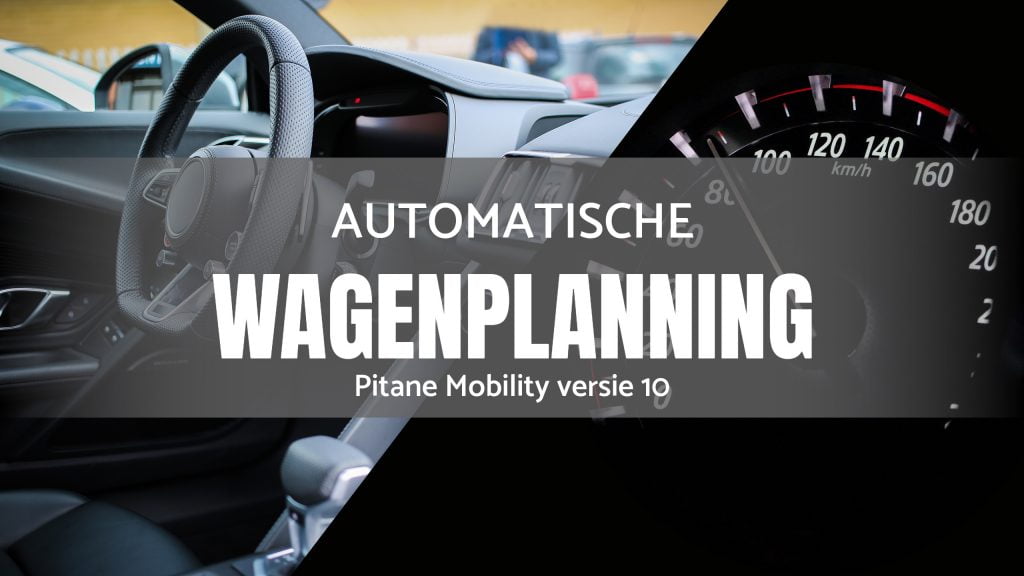How do you prevent accidents with self-driving vehicles? This issue is one of the innovations that, together with RDW, Rijkswaterstaat and RobotTUNER, should lead to the CBR vehicle license: the driving test for the self-driving car. So here it is not the driver, but the software that takes the exam!
They start with a very simple vehicle, which runs independently on a fixed route for a few kilometers. In the first instance, this concerns the development of a method for examining a self-driving vehicle.
Het proces
First, they test the vehicle for various virtual traffic situations. This is followed by a test on a physical test track. Finally, a real driving test follows on the public road. They initially test relatively simple traffic situations. With good results they will issue a certificate / driving license; the vehicle will then be admitted to traffic situations for which the examination has been taken. After admission, they continue to use data to check whether the vehicle still behaves well after software updates, for example, and whether it adheres to the traffic rules. Once the method has been developed, vehicles can be tested in more complex situations at a later stage.
Goals.
The innovation serves various purposes, such as platooning (freight transport), valet parking and efficiency in public transport. The vehicle driving license is interesting for all parties in the 'triple helix': market parties such as manufacturers and suppliers, governments such as admission authorities, and knowledge institutes such as technical universities. In addition to the safety benefit, the innovation takes national differences in driving behavior (national traffic rules) into account. Moreover, the innovation maintains the current infrastructure and the personal driving license does not need to be overhauled.
Not a winner with the experiment.
Earlier this year, the CBR and the RDW were in the finals of the prestigious Automotive Innovation Awards with the 'vehicle driving license' experiment in the 'Challenging Concepts' category. They have not become a winner. They thought it was a great honor that they were allowed to be in the finals with the experiment, as the only government organization.
The jury was very pleased with the high quality of all entries. This final evening, a wide audience was introduced to the 'vehicle driving license' experiment.
Rene Claesen, R&D manager at CBR: “This research contributes to the responsible admission of cars with self-driving functions on the road. And responsible use of it by the driver. The role of the driver (both duties and responsibilities) will continue to change as the self-driving functions in the car develop. The future exam, for both the car and the driver, will also change. All this will contribute to the fulfillment of our mission: Safe Coming Home. ”


